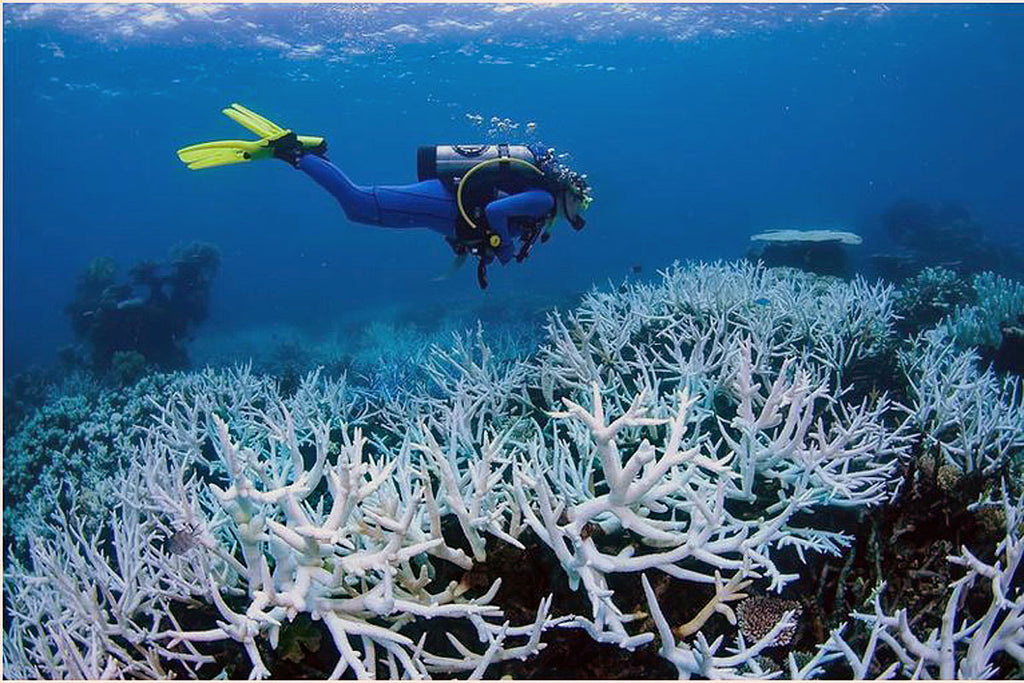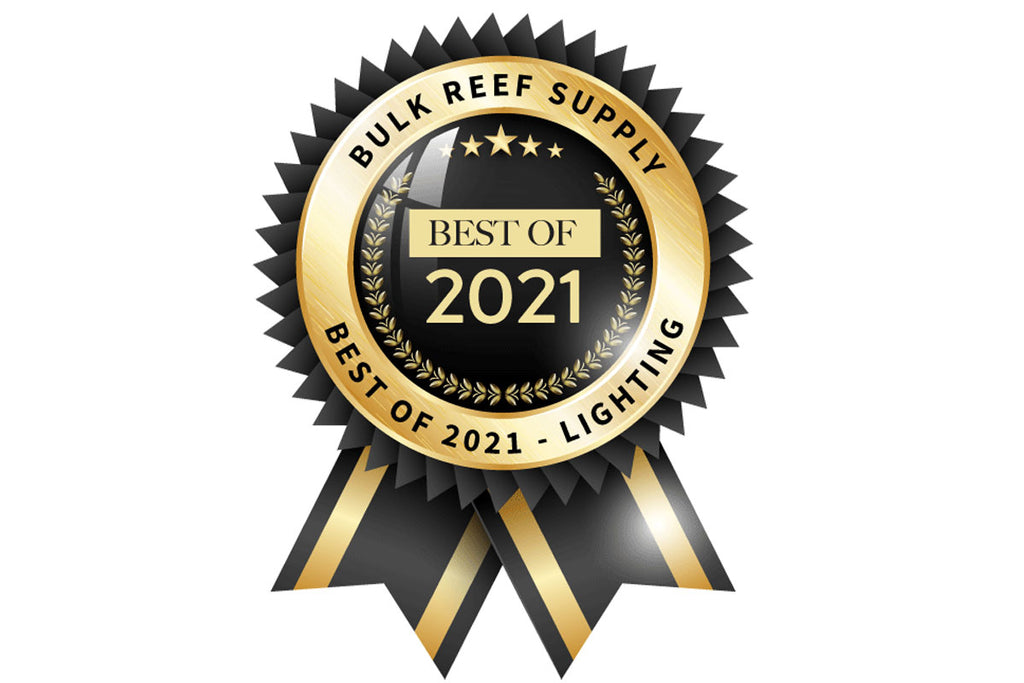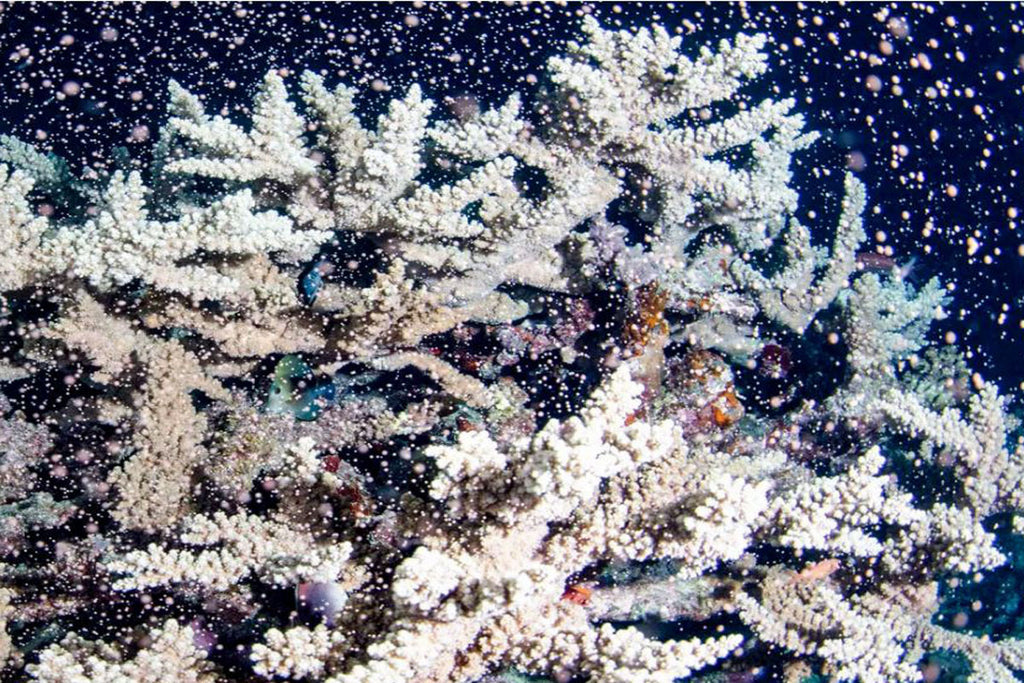The Difference between 2, 3 & 4 Stage Filtration
- News
- 01 Jan, 2019
How many stages do I need for my water filter and what is the difference between a two stage water filtration system and a three or four stage reverse osmosis deionization system?
These are common questions that we are asked since there are so many systems available, many of which unfortunately are no more than marketing-speak designed to make a system seem more beneficial. FIVE-stage water filter, SEVEN-stage reverse osmosis systems certainly sound better than a two-stage water filter or three-stage reverse osmosis system, yet once you have an idea about the contaminants you wish to remove from the water you can then begin to understand how many stages your water filtration unit will need, and you'll soon realize that five, six and seven stage systems are expensive and not necessary to produce purified water. There are three practical and inexpensive choices when it comes to water filtration systems; Sediment and Carbon (2-stage), Reverse Osmosis (3-stage RO) and Reverse Osmosis/Deionization (4-stage RODI). We will explain all below.
Where to Start? What do you want to remove from the water and what is the use for the filtered water? For drinking water you may only want the water to taste better which would mean using a simple, inexpensive, water filtration system like the Aquatic Life 2-Stage Water Filtration Unit. This compact water filter (only 6”L x 4”D x 13”H) can be mounted under a sink and dispenses water through the included, easy-to-install chrome faucet. Many countertop water filtration units use this same design, and our two-stage unit is compact enough for apartments and RV’s too, without using any valuable countertop space. The compact design with pivoting cartridge heads is perfect for small spaces. The first stage of this unit is our 5-micron Sediment filter cartridge that traps sediment and other particulate matter like dirt, silt and rust that affect the taste and appearance of your water. The second stage of this unit is a Carbon filter cartridge - the Activated carbon in this filter reduces chlorine by 99%, removes odors, and improves the taste of the drinking water. Both filter cartridges use our new triple-sealed Twist-In design that allows fast and easy replacement of the filter cartridges without contact with used filter material, and the supply water to the unit does not have to be turned off to replace any cartridge. The compact design with pivoting cartridge heads is perfect for small spaces. Because the process of filtering high quality water takes time, it is common to use a storage tank (not included) to collect filtered water, making it available on demand.
What about Reverse Osmosis? Since there are so many Reverse Osmosis water filters on the market it has become very confusing for the consumer to decide which one is best for their requirements. Here is some basic information on how reverse osmosis units work. The heart of every reverse osmosis unit is the membrane - the reverse osmosis membrane is typically made from a thin-film composite (TFC), semi-permeable material which can be degraded by chlorine, so chlorine must be removed from the water using a carbon filter, and as we know it is also recommended to use a sediment pre-filter cartridge filter to protect the carbon filter. These three filter components complete the three stages required for all reverse osmosis systems:
STAGE 1 - Sediment Filter to remove sediment and other particulate matter like dirt, silt and rust which will affect the taste and appearance of your water - also protects the Carbon filter.
STAGE 2 - Carbon Filter with Activated carbon to remove chlorine and/or chloramines and condition the water prior to the reverse osmosis membrane – also protects RO membrane.
STAGE 3 - Reverse Osmosis Membrane to remove organic and inorganic compounds such as Fluoride and reduces impurities known as Total Dissolved Solids (TDS) from the water down to 1/10,000 (0.0001) of a micron, reducing arsenic, lead, parasitic cysts, copper and more.
Do I Need Deionization (DI)? One of the most important aspects to caring for an aquarium is providing the best environment for the ecosystem - pure water is an absolute necessity. For topping off and water changes you will need many gallons of purified water. Purified water is heavy to transport, and for the price of the containers alone you are better off with a Reverse Osmosis System with a Deionization (DI) cartridge filter. Reverse osmosis (RO) and deionization (DI) perform the same task of removing impurities from tap water. However, DI purifies water utilizing the principle of ion exchange to remove impurities and replaces them with pure water. In most instances, an RO unit serves as a well-rounded filtration method that removes the majority of impurities; coupled with a post deionization filter, the resulting water is 99.9% pure. The addition of a DI filter to a 3-stage reverse osmosis unit completes a 4-stage reverse osmosis/deionization unit, comprised of the four stages below:
STAGE 1 - Sediment Filter to remove sediment and other particulate matter like dirt, silt and rust which will affect the taste and appearance of your water - also protects the Carbon filter.
STAGE 2 - Carbon Filter with Activated carbon to remove chlorine and/or chloramines and condition the water prior to the reverse osmosis membrane – also protects RO membrane.
STAGE 3 - Reverse Osmosis Membrane to remove organic and inorganic compounds such as Fluoride and reduces impurities known as Total Dissolved Solids (TDS) from the water down to 1/10,000 of a micron, reducing arsenic, lead, parasitic cysts, copper and more.
STAGE 4 – Color Changing Resin Deionization Filter to remove all remaining total dissolved solids (TDS) from membrane filtered water. After the water is filtered by the membrane, there is usually a small amount of total dissolved solids (TDS) left in the water. In aquarium water applications it is important to remove the remaining TDS from the water. This is done by filtering the water through a resin that is charged with Cation and Anion resins (H+ and OH-). As the resin absorbs the TDS, it will change color from blue to amber as it is exhausted. When all resin has changed color, it is time to replace the DI filter - this gives you a visual aid to know when to change the media.
NEW Aquatic Life Twist-In 2-Stage, 3-Stage & 4-Stage Water Filtration Units: Whether you require a two-stage, three-stage or four-stage water filtration solution Aquatic Life has you covered. Our new Twist-In 100 GPD 3-Stage Reverse Osmosis (RO) and 4-Stage Reverse Osmosis Deionization (RODI) filtration systems are very compact water purification solutions that efficiently combine reverse osmosis RO and DI technology with our quick and easy to change twist-in replacement filter cartridges. The new twist-in media cartridge design makes filter changes simple, easy and clean – no tools required and no mess, and the pivoting cartridge heads design is perfect for small spaces! The twist-in cartridges can be easily changed in only seconds with just a quarter turn and without contact with used filter material, and the supply water to the unit does not have to be turned off to replace any cartridge. All Aquatic Life Twist-In water filtration units include everything for installation: tubing, water supply connectors and drain connector.








1 Comments